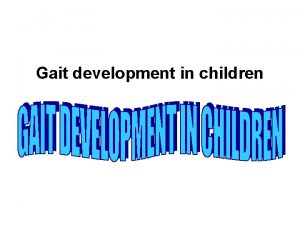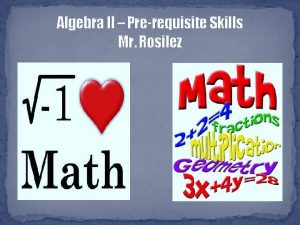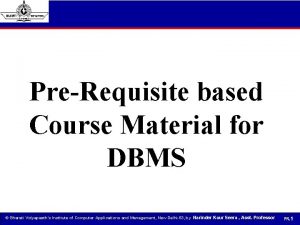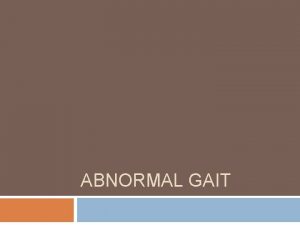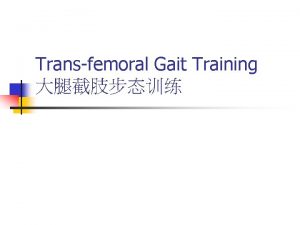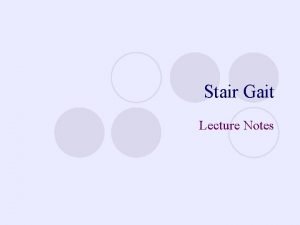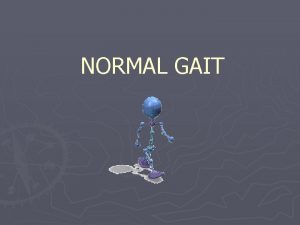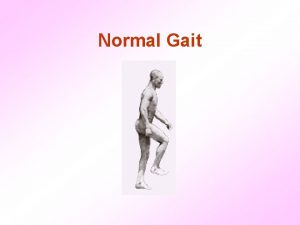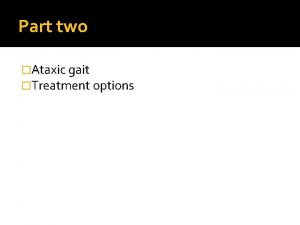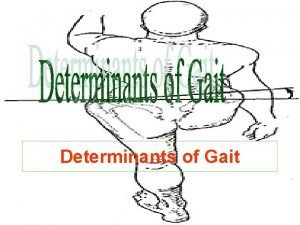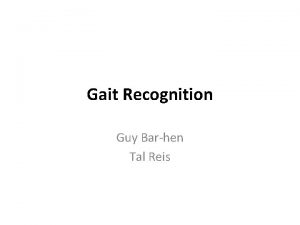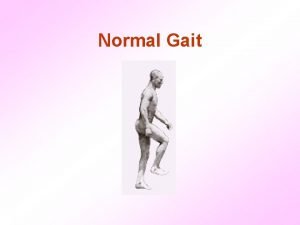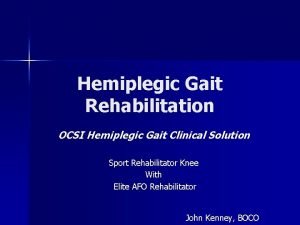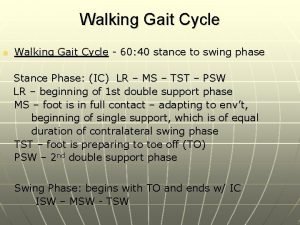Gait development in children The prerequisite for Gait













- Slides: 13

Gait development in children

The prerequisite for Gait development 1. 2. 3. 4. 5. 6. Adequate motor control. C. N. S. maturation. Adequate R. O. M. Muscle strength. Appropriate bone structure. Intact sensation. The development of a motor pattern in walking depends on a combination of neurological, mechanical, cognitive, and perceptual factors.

Neurological factors The basic neural organization and function used to excite locomotion is controlled by a central pattern generator located either in the spinal cord or Brain stem. Descending neural input activates the central pattern generator, while descending and peripheral input modify the output to adapt the execution of locomotion. The central pattern generator organizes the activation and firing sequence of muscles during gait

Mechanical factors • • • Rang of motion, muscle strength, bony structure of the lower limbs affect the early pattern of walking.

Determinants of walking • • Step length: The longitudinal distance between the two feet, it increases through out childhood until growth is completed. This parameter is closely related to change in height and leg length Cadence: The frequency of steps taken in a given amount of time (Steps / min), it gradually decreases with age through out childhood. The most reduction between 1 -2 years. • The duration of single limb in stance. It is the length of time during which only one foot is on the ground during the stance phase, if it increases, it implies a measure of increasing stability. • Walking velocity: It is the rate of walking; it can be expressed as stride length divided by cycle of time or the product of step length and cadence. It increases with age 1 to 7 years, but the rate of change decreases from 4 to 7.

NORMAL GAIT ANALYSIS STANCE PHASE SWING PHASE heel strike foot flat mid stance push off initial swing mid swing terminal swing

Phases of gait The stance phase of gait can be broken down into 5 sections Heel Contact: Begins when the heel of the subject leg comes in contact with the ground Foot Flat: Heel contact continues as the foot becomes flat Mid-Stance: The non-subject leg then begins to move forward Heel Off: The heel begins to lift off of the ground Toe Off: The toe finally lifts off the ground The swing phase of the gait can be broken down into 3 sections: Toe Off: Begins when the toe of the subject leg is lifted off the ground Mid-Swing: Continues as the subject leg swings forward Heel Contact: The heel of the subject leg makes contact with the ground

The normal walking has five major attributes • Stability in stance. • Sufficient foot clearance in swing. • Appropriate preposition of the foot for contact. • Adequate step length. • Energy conservation.

Gait development From birth to 9 months: • • • Body fat of the infant rises from 12% to 25% of the body mass which causes infant to be relatively weak, with increasing age and mobility , fat content drops and muscle mass increases. At this age the infant's gait is characterized by, supported walking, wide abduction, external rotation, flexion hips and knees 35 o, bow legs and an everted heel position. The postural control and development of the antigravity muscle strength are important to develop independent ambulation. Antigravity strength of hip flexors is built by kicking from supine position, while hip extensor strength begins from activities in prone position. The hip and knee extensors are built during rising from kneeling to standing position. By 8 months of age, the visual, proprioceptive and vestibular systems work together to bring the central mass of the body (COG) back to a stable position.

At age 12 months • The infant's center of body mass (COG) is closer to the head and upper trunk, at the lower thoracic level, the ratio of body fat to muscle mass is still high, The base of support is wide for both structural and stability reasons, Medio-lateral stability is achieved, but antro-posterior stability is limited. The ambulation characterized by wide base, increased hp and knee flexion, full foot contact, initial contact in planter flexion, short stride length, increased cadence and a relative foot drop in swing phase.

At age of 18 months • Because of decreased abduction and improved stability, the base of support is decreased, heel position remain everted, knee flexion begains to emerge during initial stance phase as a heel strike develops, the duration of stance phase remains prolonged and cadence is increased. , the limb is straight and the range of hip abduction is no longer excessive.

From 2 -3 years The center of body mass is closer to lower limbs, base of Support is narrower, hips and knees extension develop, heel eversion in weight bearing can still observed but decreasing, heel strike is present with knee flexion during early stance phase.

From age 6 -7 years The gait patterns are fully mature, but time and distance variables continue to vary with age and stature. The heel position is neutral by age 7 years, the center of body mass is still higher than in the adult, at the level of 3 rd lumber vertebra.
 Prerequisites of gait
Prerequisites of gait Haccp prerequisite program
Haccp prerequisite program What are the seven principles of haccp?
What are the seven principles of haccp? Prerequisites of a group discussion
Prerequisites of a group discussion Gmp food safety training
Gmp food safety training Ics prerequisite clearing
Ics prerequisite clearing Ics prerequisite clearing
Ics prerequisite clearing Performance renewal and recontracting
Performance renewal and recontracting Process of discovery in reading
Process of discovery in reading Prerequisite of equality
Prerequisite of equality Prerequisite skills for algebra 1
Prerequisite skills for algebra 1 Dbms prerequisite
Dbms prerequisite Web registration uci
Web registration uci Unit 18 assessing children's development support needs p1
Unit 18 assessing children's development support needs p1
